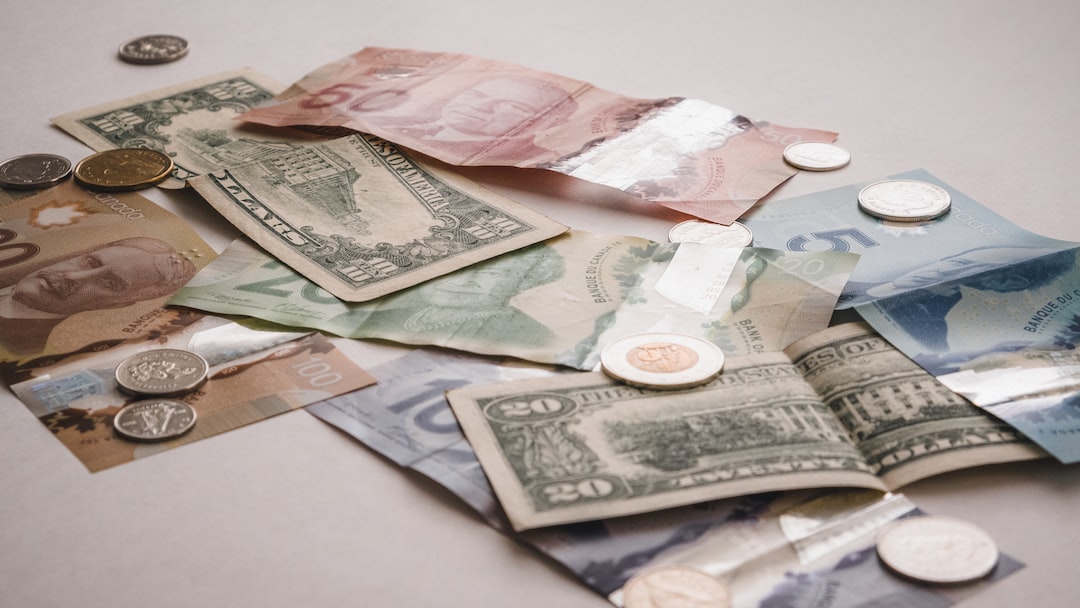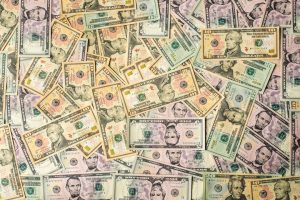Forex trading, also known as foreign exchange trading, is the buying and selling of currencies with the aim of making a profit. This market is the largest financial market in the world, with an average daily turnover of $5.3 trillion. Forex trading is accessible to everyone, from large financial institutions to individual traders, thanks to the internet and the availability of trading platforms.
In forex trading, currencies are traded in pairs, and the value of one currency is measured against the value of another. For example, the EUR/USD pair represents the value of the Euro against the US dollar. The first currency in the pair is called the base currency, while the second currency is called the quote currency. The exchange rate between the two currencies determines the value of the pair.
The forex market operates 24 hours a day, five days a week, and is divided into three major trading sessions: the Asian session, the European session, and the North American session. Each session lasts for eight hours and overlaps with the next session, providing traders with the opportunity to trade around the clock.
Forex trading is done through a broker, who acts as an intermediary between the trader and the market. The broker provides the trader with a trading platform, which allows them to place orders and monitor their trades. The platform displays real-time prices, charts, and news feeds, enabling traders to make informed trading decisions.
There are two main types of forex trading: spot trading and derivatives trading. Spot trading is the buying and selling of currencies for immediate delivery, while derivatives trading involves trading financial instruments that derive their value from the underlying currency pairs. Derivatives include options, futures, and contracts for difference (CFDs).
Forex trading involves taking a position on the future direction of a currency pair. Traders can buy a currency pair if they believe its value will increase in the future or sell it if they think its value will decrease. Traders can also use leverage, which allows them to control a larger position than their trading capital would normally allow.
Leverage is a double-edged sword, as it can amplify gains, but it can also magnify losses. Therefore, it is important to manage risk and use appropriate risk management strategies, such as setting stop-loss orders and position sizing.
In addition to technical analysis, which involves using charts and indicators to identify trading opportunities, forex traders also need to be aware of fundamental factors that can affect currency prices. These include economic data releases, such as GDP, inflation, and employment figures, as well as geopolitical events, such as elections and wars.
Forex trading is a highly competitive and dynamic market, and traders need to be disciplined, patient, and adaptable to succeed. They also need to have a sound trading plan, which includes a trading strategy, risk management rules, and a trading journal to track their performance.
In conclusion, forex trading is a complex and exciting market that offers opportunities for traders to make profits by buying and selling currencies. It requires a solid understanding of the market, a disciplined approach, and a willingness to learn and adapt. With the right mindset, tools, and strategies, anyone can become a successful forex trader.





